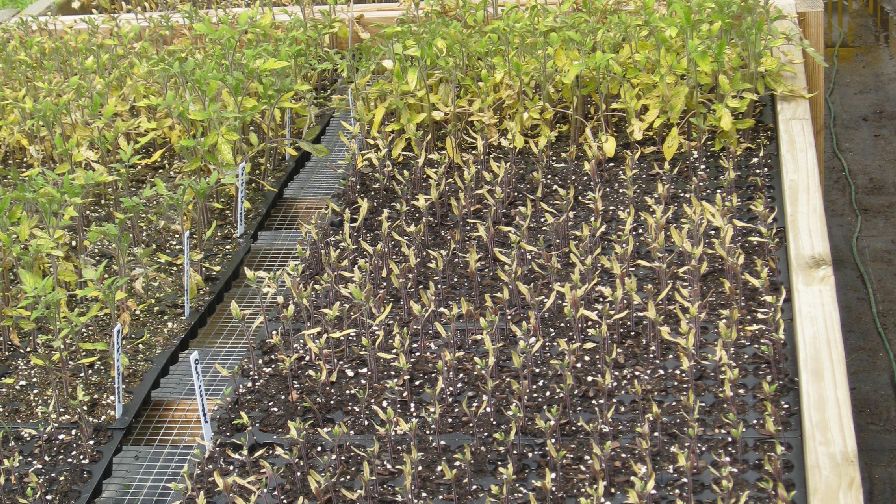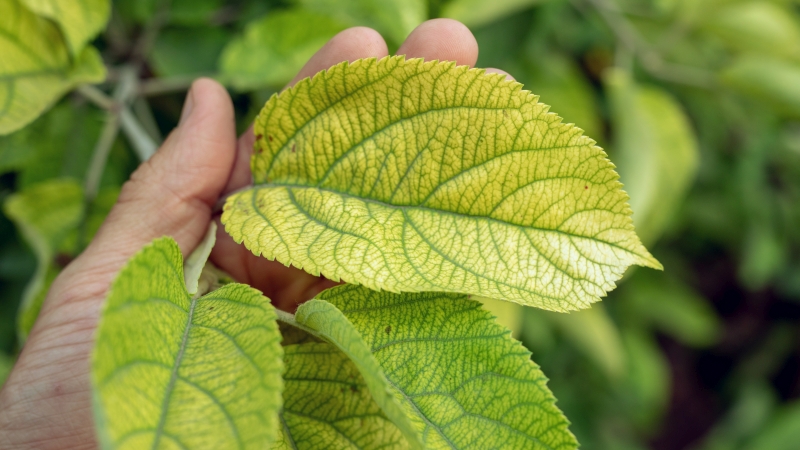The Story of Two Worst-Case Mysteries in the Greenhouse
After working with countless greenhouse tomato growers and doing greenhouse research for 30 years, I’ve learned a lot about what growers need to succeed with this crop.
I’ve also had the unique opportunity to witness, first hand, some of the worst horror stories that can happen in the business of growing greenhouse tomatoes.
Since this is a horror story, I should include a disclaimer that if you are the least bit sensitive to horror movies. Maybe you should just turn the page now so you don’t encounter sleepless nights, or worse, recurring nightmares.
The Vanishing Tomato Crop
This horror story unfortunately has recurred many times over the years.
The phone call goes something like this: “My plants look green and otherwise healthy, but flowers seem to just turn yellow and dry up.”
Any stress condition can cause flowers to abort — too wet, too dry, too hot, too cold, and so on.
However, in these cases, there were no obvious stress conditions. Sure enough, the leaves were green and generally healthy looking. But walking up and down the aisles, it was difficult to find any healthy, yellow flowers. The ones there were on the plants were small and brown, about ready to drop off.
What was happening?
In these cases, flowers dried up and fell off due to ethylene gasses in the greenhouse. All combustion produces some ethylene and carbon monoxide. But in a greenhouse during the winter, ventilation is limited and these gasses can build up in the greenhouse quickly.
This is why it’s essential to use a vented heater with a stack going either through the roof or through the end wall. And remember, there’s no such thing as a 100% efficient heater that burns any kind of fuel. And these heaters cannot operate safely in a tomato greenhouse with no exhaust, as some sales reps might tell you.
But as heaters age, leaks can develop, so gasses can escape from the fire box, from the stack, or from any joints in the system. Since ethylene is a colorless, odorless gas, it can be very hard to detect.
If you do suspect ethylene, due to the age of the heater and the flower drop, even calling the gas company may not help. This is because their meters generally read in percent, not parts per million (ppm). So, if their meter detects less than 1% ethylene, that is 10,000 ppm, and only 10 ppm can cause flower problems.
The other signs that ethylene may be a problem are:
1. A new heater that has not been adjusted properly.
2. The heater is about eight or more years old, meaning it may have developed leaks due to aging.
3. You lack stacks to vent the heater.
4. Flower drop is worse closer to the heater and less of an issue further away from it.
5. You note epinasty (leaf twisting) and other foliar symptoms.
The Case of the Dead Tops
Early in my career, I was called to visit a new grower, along with my colleague, Plant Pathologist Dr. Frank Killebrew.
When you are new at this Extension stuff, it’s advisable to visit growers with a colleague, just in case the problem is not horticultural, but stems from a disease or insect problem.
The greenhouse-grown tomato plants were all about 24 inches in height and looked terrible. They were not green and lush as plants a couple of months old should have appeared. Instead, the very tops of the plants were brownish or black, many of the leaves were yellow, and the plants were severely stunted. Most flowers had aborted, and there were very few fruit.
At first, we were both perplexed. We went through the normal diagnostics procedures. Temperature was good, watering was good, no insects were present, he had his fertilization program in place, etc.
This is about the time that a horticulturist really wants the pathologist to jump in and swiftly identify a disease as the culprit. However, this time my backup plan did not work. Frank found no diseases present.
So we ventured further into examining his growing techniques step by step.
As it turned out, the grower had purchased all of the correct fertilizers, had his injection system set up properly, and appeared to be fertigating correctly.
When we took a closer look at his fertilizer bags, we made the key discovery: The main fertilizer bags (NPK and minors) had been opened, but the calcium nitrate bags were still sealed.
These plants had received no calcium.
Now, if calcium is deficient, blossom-end rot is the most common symptom. But with no calcium, terminals turn brown, then black, and then die.
So the tops of every plant were dying or already dead. Also, without calcium, the tips of roots will die as well. Without healthy roots, nutrient deficiencies of all kinds were happening.
I never forgot what lack of calcium looks like in a tomato plant.
Here’s hoping these things never happen in your greenhouse. Now, try to get some sleep.
Comments? Contact me at [email protected].












